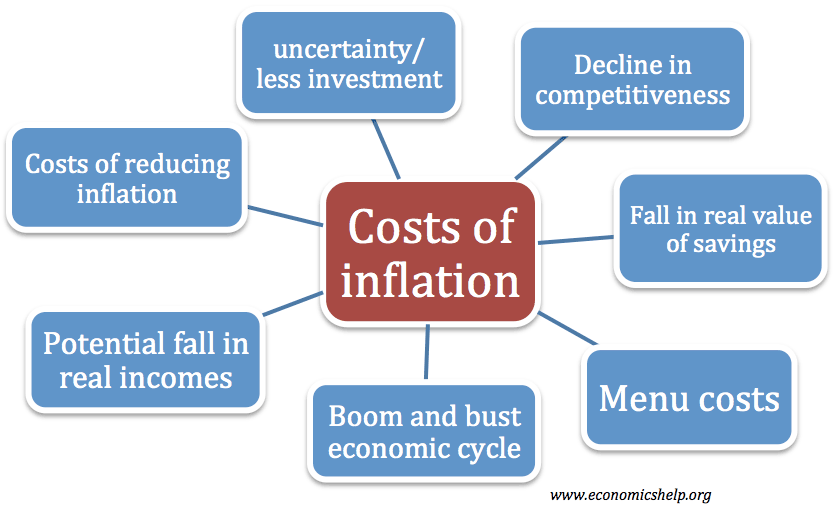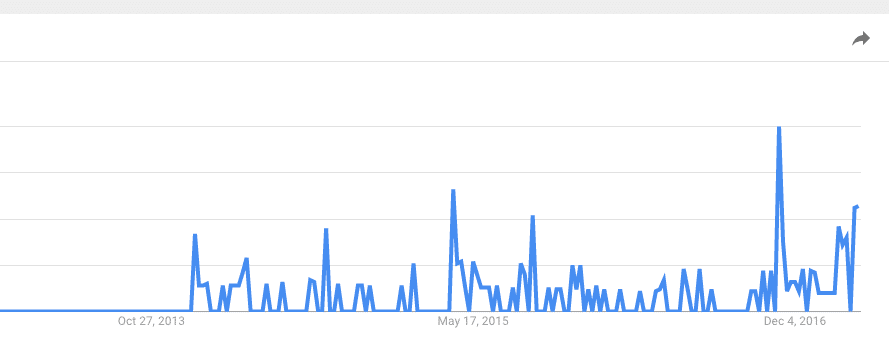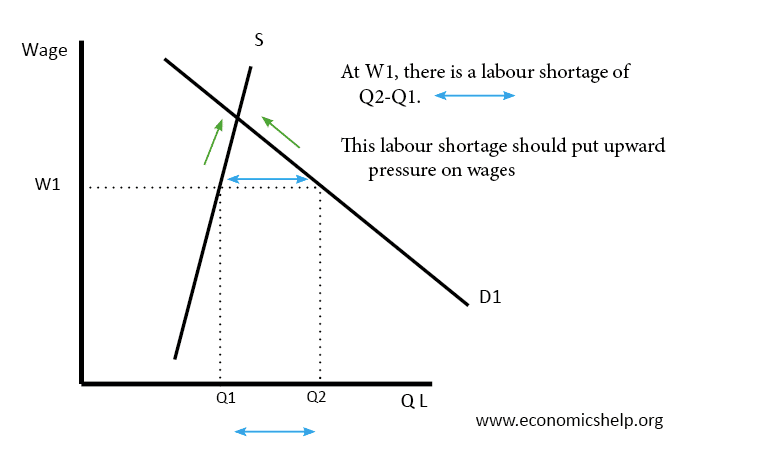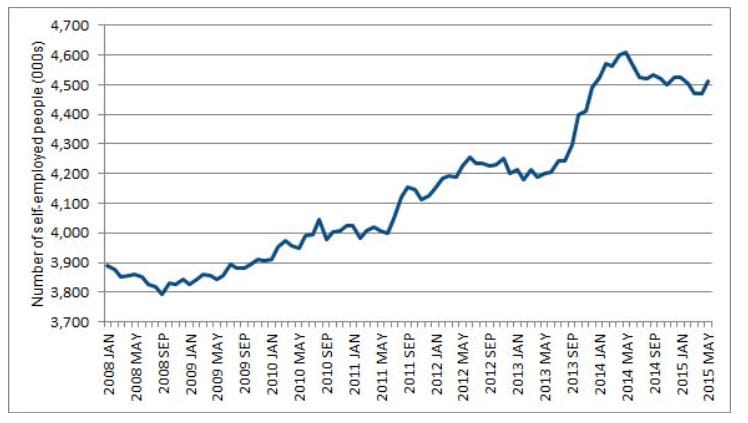Importance of Inflation for Industry
Inflation – is defined as a persistent increase in the general price level. The inflation rate is a key statistic and has important consequences for industry. In particular, high rates of inflation often discourage investment and lead to lower long-term growth for the following reasons: How inflation affects industry Uncertainty. High and volatile inflation creates uncertainty …




